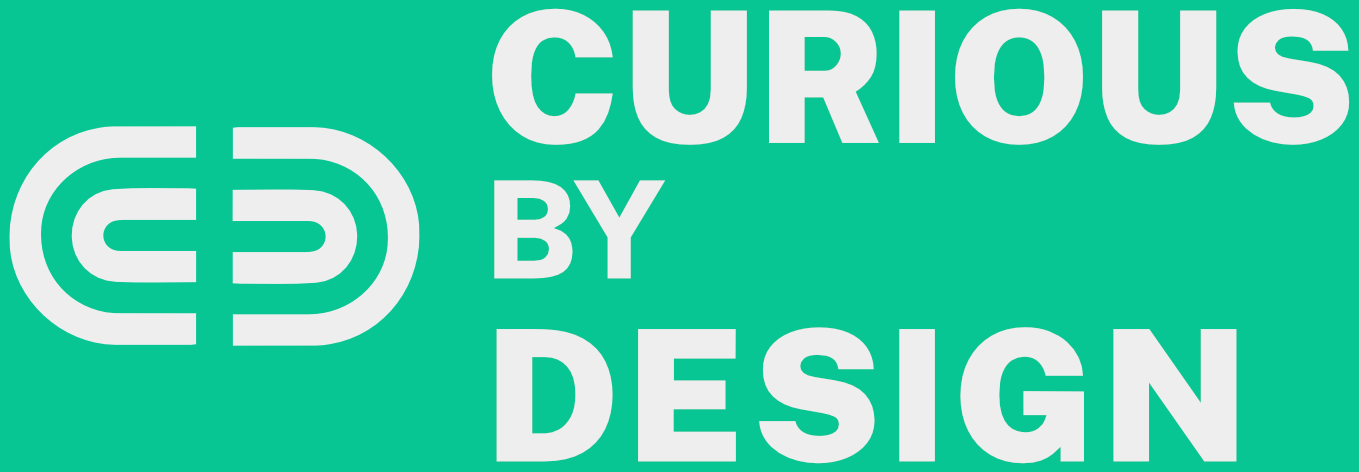What We Know and How We Know It
From tribal intuition to documented facts, knowledge takes many forms—and each one matters in different ways.

A mechanic tightens a bolt just enough so that it holds firm but never snaps. A grandmother tells a story that makes more sense than any textbook. A manager jots down how to reboot a legacy system no one touches anymore. These are all examples of knowledge—but not the same kind. The way we know things matters as much as what we know. In fact, understanding the types of knowledge we rely on can change how we work, teach, learn, and even remember.
Whether you’re building a company, capturing institutional memory, or trying to preserve your own learning for the future, it’s worth asking: what kind of knowledge are we dealing with?
Let’s explore the four types of knowledge that define how humans store, transmit, and act on information: tribal, tacit, explicit, and descriptive. Each of these represents not just a category, but a relationship between people and their understanding of the world.
Tribal Knowledge: The Unwritten Inheritance
Tribal knowledge is the kind of thing no one ever formally teaches you, but you pick up anyway—if you’re lucky enough to be part of the group. It’s the kind of understanding passed from person to person through experience, often without any documentation. It’s the unofficial, the informal, the stuff behind the stuff. In organizations, tribal knowledge can live in the routines of veteran employees who just know how things get done.
It might be the workaround to a software bug everyone silently agrees not to report. Or the quiet understanding that a certain manager prefers to hear bad news before lunch. It is knowledge not because it’s been tested or written down, but because it has worked—often for a long time.
The power of tribal knowledge lies in its efficiency. It allows teams to operate with a sense of rhythm and muscle memory. But it’s also dangerous. When the people holding this knowledge leave, much of it vanishes. It’s notoriously hard to extract and even harder to preserve because it doesn’t always look like knowledge. It looks like habits. Like tone. Like “the way we do things here.”
Still, if you want to understand the soul of an organization or a community, tribal knowledge is often the key. Not because it’s perfect, but because it reveals what people actually believe, trust, and repeat.
Tacit Knowledge: The Knowledge You Can’t Say
Tacit knowledge is the knowledge you have but can’t always explain. It’s the hardest to articulate because it lives in skill, perception, and intuition. It’s how a jazz musician knows when to improvise. It’s how a surgeon makes a call in the middle of a procedure. It’s how you ride a bike—you can’t explain every micro-adjustment you make, but your body knows how to do it.
Tacit knowledge is often mistaken for talent or instinct. But in reality, it’s accumulated experience. It’s the repetition that turns thought into reflex. And while it’s deeply personal, it’s not unsharable. The challenge is that you can’t just write it down. You need apprenticeships, observation, conversation, and proximity.
In the workplace, tacit knowledge is what makes someone invaluable. It’s the sense of timing in negotiations, the judgment of character during interviews, the “feel” of a well-run meeting. Organizations that rely too much on explicit policies and procedures often lose out on what tacit knowledge provides: flexibility, finesse, and the kind of decision-making that can’t be fully captured by rules.
Tacit knowledge resists systematization, but it thrives in relationships. It’s one of the reasons mentorship matters. When we work closely with people who are experienced, we don’t just learn what they say—we pick up what they do.
Explicit Knowledge: The Know-How That’s Written Down
Explicit knowledge is what most people think of when they hear the word “knowledge.” It’s codified, documented, and easy to share. This is the information you find in manuals, procedures, how-to videos, and databases. It’s teachable, transferable, and stable.
In a sense, explicit knowledge is the easiest to scale. A recipe, a standard operating procedure, a training module—these can be replicated thousands of times with little degradation. That’s why companies put so much effort into writing things down. It’s also why schools prioritize textbooks over teachers’ life experiences. It feels like the safest kind of knowledge: you can version it, cite it, even digitize it.
But it’s also incomplete. Explicit knowledge removes context to make it universal. That’s the trade-off. It captures what can be easily explained, but it often omits the subtleties that give knowledge its real-world value.
Explicit knowledge is essential for consistency, compliance, and clarity. It forms the backbone of systems. Yet no matter how comprehensive your documentation, someone still needs to know how to apply it. That’s where the other types of knowledge come in.
Descriptive Knowledge: Knowing That, Not Just How
Descriptive knowledge is about facts. It’s the kind of knowledge that answers the question “What is true?” It lives in propositions, theories, and statements that can be evaluated as true or false. This is the realm of science, history, and philosophy. Knowing that Paris is the capital of France is descriptive knowledge. Knowing that water boils at 100 degrees Celsius at sea level is too.
This kind of knowledge is foundational. It gives us a shared baseline of understanding about how the world works. Without it, reasoning would have no anchor. But descriptive knowledge alone doesn’t tell us what to do. You can know all the facts about nutrition and still struggle to maintain a healthy diet. You can understand how markets operate and still make bad investments.
Descriptive knowledge excels in abstraction and generalization. It forms the scaffolding for theories, arguments, and disciplines. But it’s not inherently actionable. It needs to be paired with other kinds of knowledge—especially tacit and explicit—to be useful in real situations.
In many ways, descriptive knowledge is the easiest to test and debate. It’s also the most at risk of being mistaken for complete understanding. Facts matter, but they’re only part of how we make decisions. A person who knows what something is doesn’t automatically know how to deal with it.
Why This Matters
The way we categorize knowledge shapes how we preserve it, how we teach it, and how we transfer it to others. Schools tend to focus on descriptive and explicit knowledge because they’re easier to grade. Organizations tend to rely on tribal and tacit knowledge for actual performance but often neglect to document or preserve it.
When teams fail to retain tribal knowledge, they repeat mistakes. When companies ignore tacit knowledge, they miss out on craft and creativity. When explicit knowledge isn’t paired with lived experience, it becomes lifeless. And when descriptive knowledge is mistaken for wisdom, we confuse facts with good judgment.
So the next time you’re learning something new or trying to pass on what you know, ask yourself: what kind of knowledge is this? And what would it take to truly share it?





